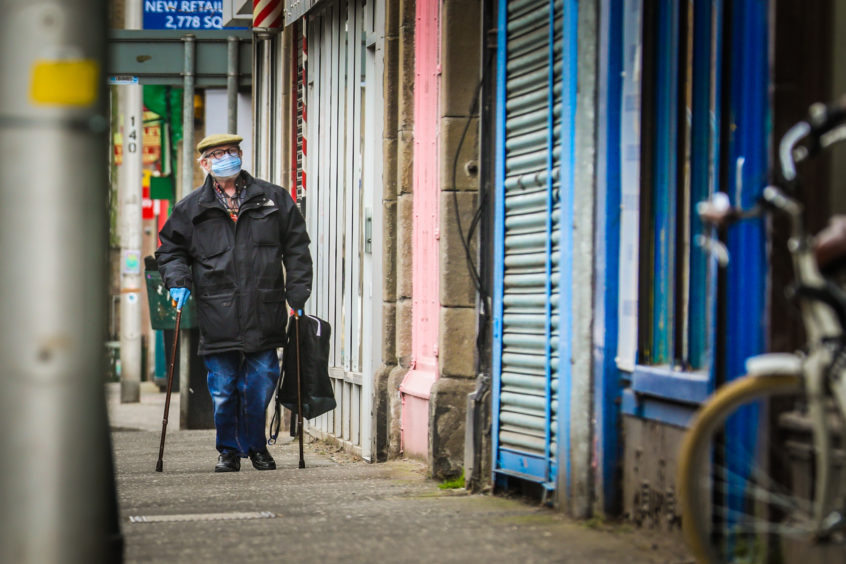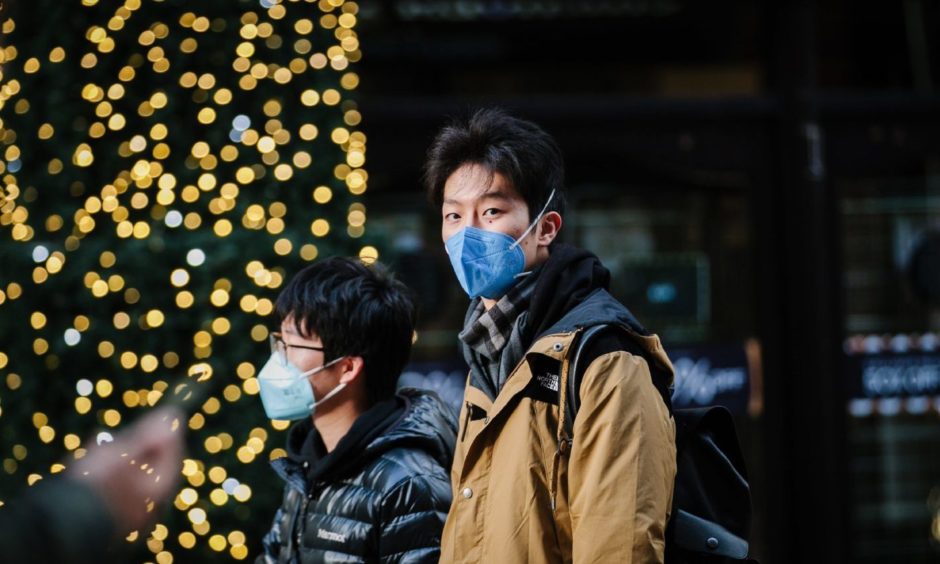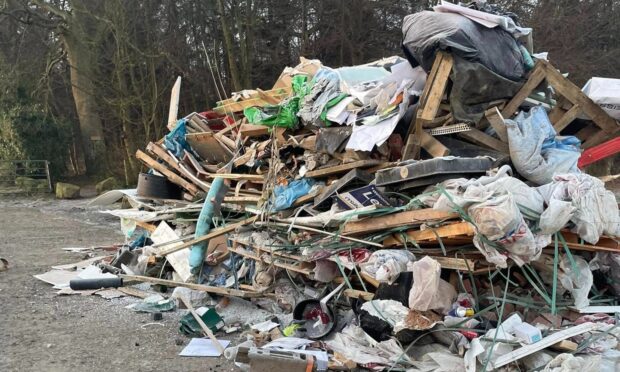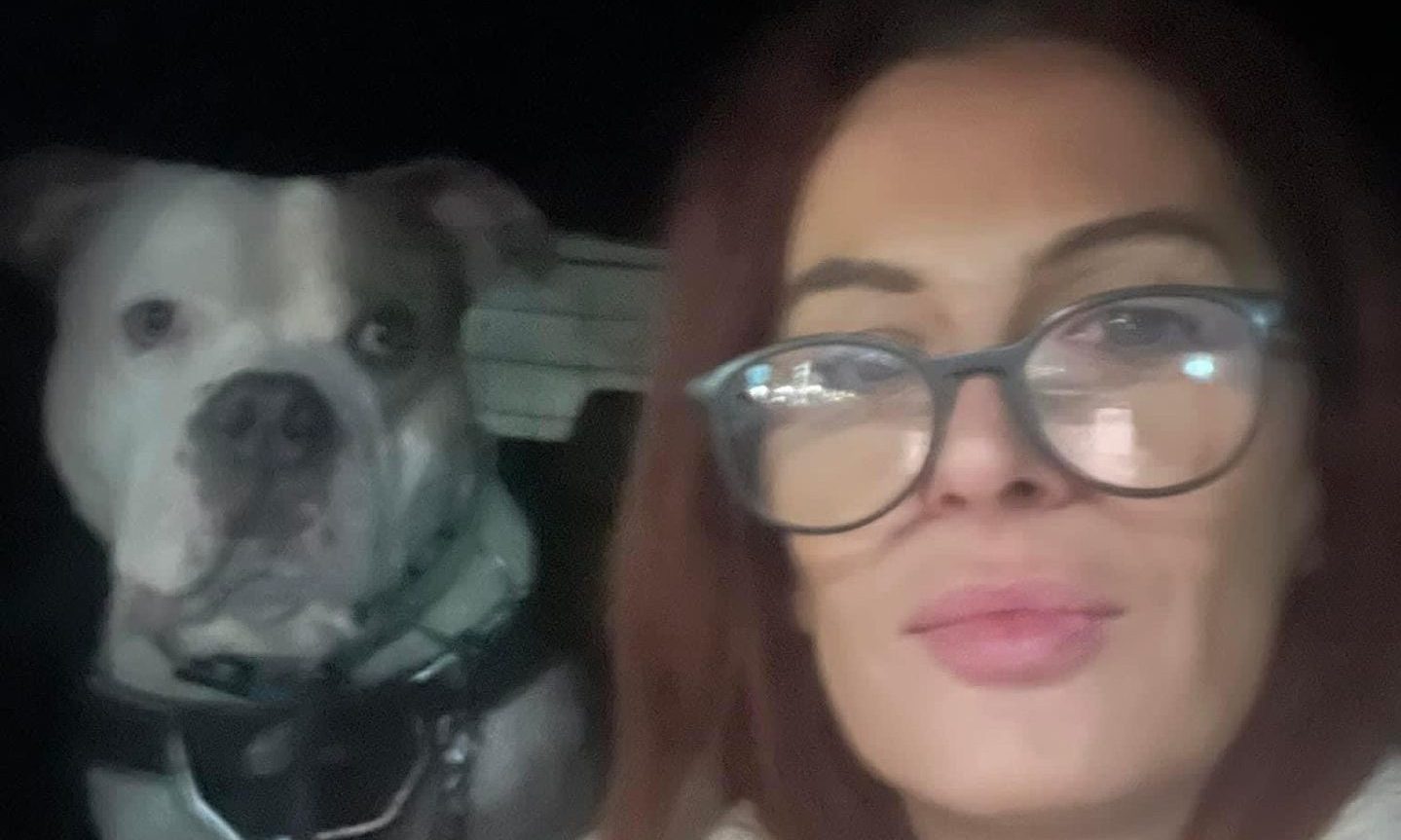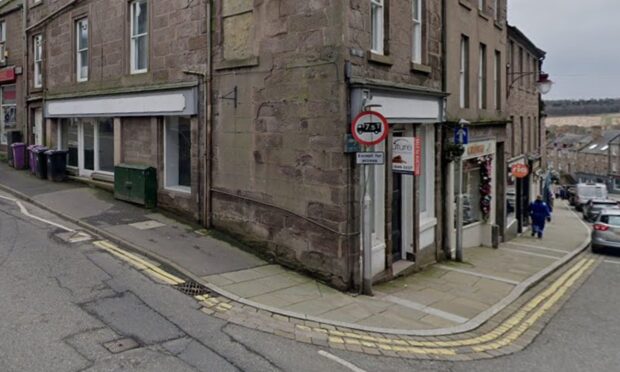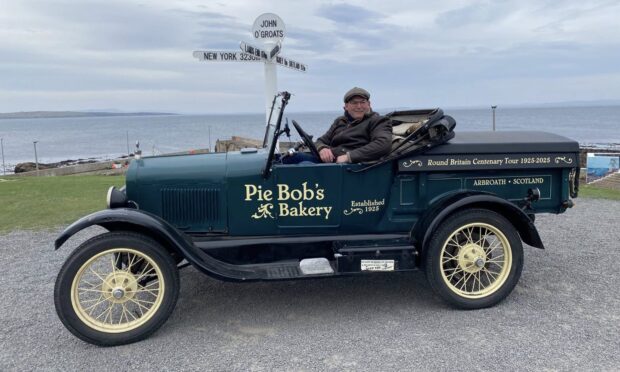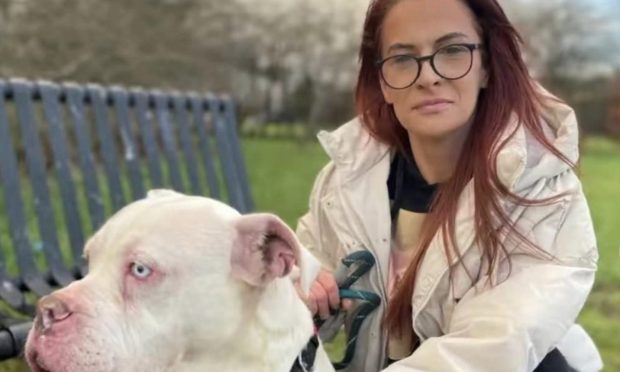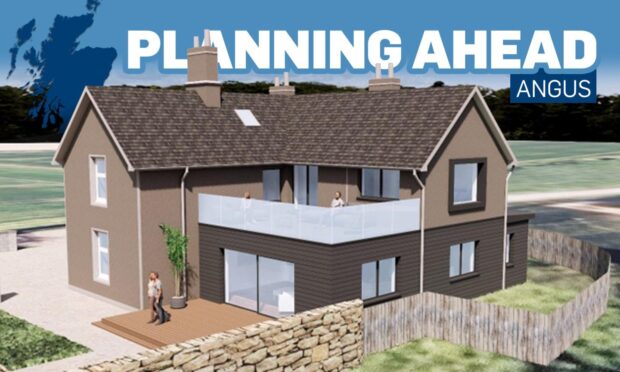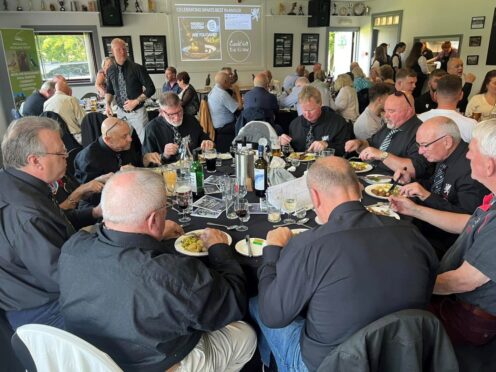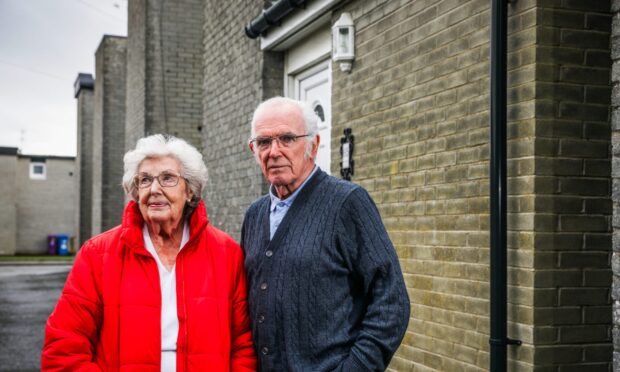Fife is in danger of being placed under the toughest coronavirus restrictions in Scotland – with Angus already at risk of re-entering level three after less than a week under relaxed measures.
The Scottish Government has confirmed that Dundee, Fife, and Perth and Kinross will remain under the third tier of Covid-19 rules for another week.
Angus will stay in the second level, however rising case numbers are already causing concern.
Speaking in the Scottish Parliament, First Minister Nicola Sturgeon announced three changes to the system being used to combat the spread of coronavirus across Scotland.
Aberdeen, Aberdeenshire and East Lothian are all moving from the second to third tier from Friday in response to rising case numbers.
Angus was reduced to level two last Friday, a decision which eased strict rules on travel and hospitality. The rest of Tayside and Fife has been under level three restrictions since November.
However Ms Sturgeon said Angus could be brought back to the third tier in the future following a rise in cases in recent days.
She said: “I am pleased to report that the situation in Inverclyde has remained broadly stable, however there have been recent increases in cases in Angus and Falkirk and we will be monitoring both of these areas carefully this week.
“And I cannot rule out a return to level three for one or both of them.”
Ms Sturgeon also said the Scottish Government and health teams are keeping a close eye on the situation in Fife following a spike in infections.
She added: “While we are still seeing progress across much of the Central Belt as a result of the recent level four restrictions, there are some areas – for example East Ayrshire, North Ayrshire and Fife – where cases have increased quite sharply in the last week.
“While the changes in these areas do not warrant a move to level four at this stage, we will be monitoring the situation very closely over the next few days.”
What level will your area be under from Friday?
Dundee, Fife, Perth and Kinross, Aberdeen, Aberdeenshire, Edinburgh, Clackmannanshire, Midlothian, North Ayrshire, Glasgow, Renfrewshire, East Renfrewshire, East Dunbartonshire, West Dunbartonshire, North Lanarkshire, South Lanarkshire, East Ayrshire, South Ayrshire, Stirling, East Lothian and West Lothian council areas will be under level three rules from Friday.
Angus, Argyll and Bute, Falkirk and Inverclyde will remain in level two.
Dumfries and Galloway, the Borders, Moray, the Highlands, the Western Isles and the Northern Isles will stay at level one.
Eleven Scottish local authority areas which had been under tier four measures since November 17 were lifted out of this toughest level on Friday, December 11 after Covid-19 infections fell “significantly”.
However on Tuesday Ms Sturgeon said the past week had brought a rise in Covid-19 infections in Scotland.
She said: “Over the most recent week we have seen a slight rise in case numbers from 99 per 100,000 to 110 per 100,000. Test positivity has also increased from 4.8% to 5.3%.”
Nine cases of a new coronavirus strain have also been identified in Scotland, all of them in Greater Glasgow and Clyde.
It comes as Scotland recorded a further 845 Covid-19 cases and 24 deaths linked to the virus in the past day
What’s the difference between levels three and two?
The tier three rules mean non-essential travel is not permitted, with alcohol unable to be served from licensed premises.
Up to six people from two different households can meet at pubs, bars, restaurants and cafes – which are able to sell food and non-alcoholic drinks inside or outside.
Leisure and entertainment businesses such as cinemas are closed; however shops, gyms, hotels and visitor attractions remain open.
Under level two rules, up to six people from two different households can meet for food and drinks, including alcohol, in hospitality settings under certain restrictions.
Booze can be served indoors with meals until 8pm at pubs, bars, restaurants and cafes. Alcohol can be ordered outdoors at these businesses until 10.30pm.
Travel is not permitted into level three or four areas.
Sites such as museums, galleries, heritage attractions, zoos and aquariums can open, as can the likes of cinemas and bingo halls.
Some indoors sporting activities can also resume.
Ms Sturgeon revealed Scotland’s new alert level system for tackling the pandemic on October 27.
